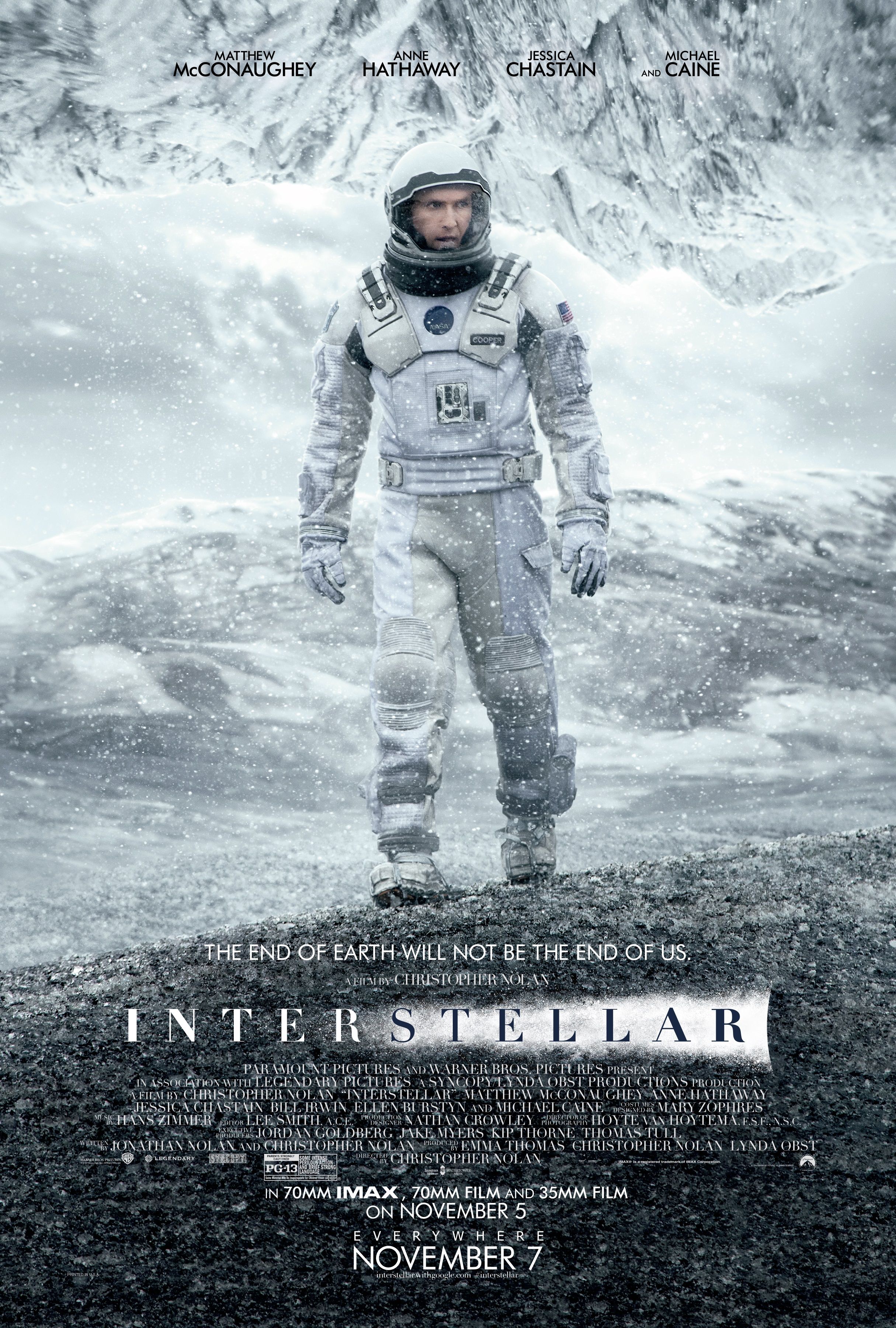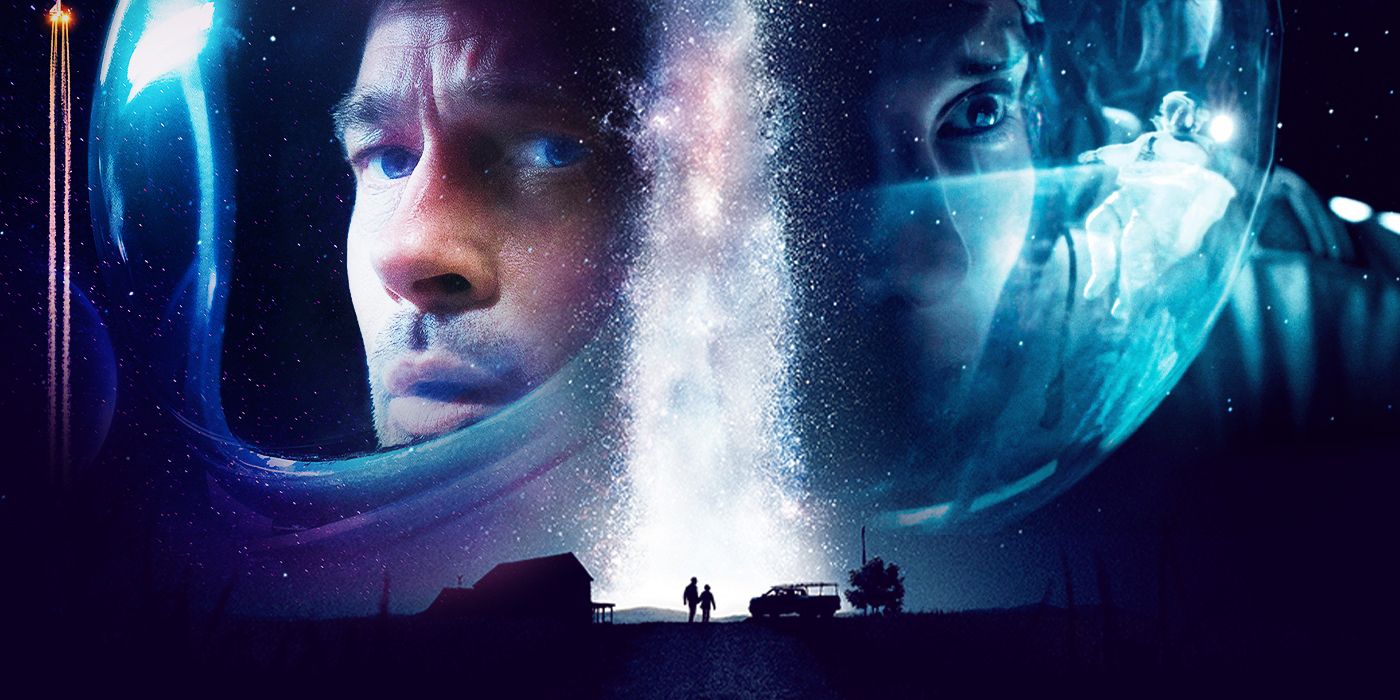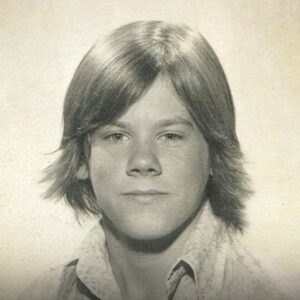‘Interstellar’ almost ended in tragedy rather than triumph.

The Big Picture
- The original ending of Interstellar was bleaker and would have drastically changed the message of the film, removing key sequences and altering the fate of the characters.
- The film initially included scientifically accurate concepts, such as gravitational anomalies caused by the destruction of a neutron star, but these were simplified to make the story more accessible to a general audience.
- The Nolan brothers ultimately chose an optimistic ending that emphasized the power of love and human resilience, even if it strayed from scientific accuracy.
Interstellar is one of the most impactful films released in the past few decades, masterfully balancing unflattering pessimism about Earth’s future with inspirational optimism about the capacity of human ingenuity. The movie was a visual marvel that gave audiences a glimpse into some of the most mysterious and otherworldly aspects of our physical universe. Though the film saw humanity reach out to the far corners of the galaxy, its greatest strength was its emotionally driven and family-oriented narrative. Years before Christopher Nolan‘s awards season darling, Oppenheimer, he and his brother, Jonathan Nolan, co-wrote the screenplay for Interstellar based on the works and ideas of theoretical physicist Kip Thorne, creating a product that included scientifically accurate depictions of space travel alongside the limitless possibilities of artistic imagination.
Interstellar is a movie that audiences can walk away from with feelings of inspiration and hope — however, that wasn’t always the case. The original ending for the film was significantly bleaker and would have blanketed the narrative in more pessimistic overtones. This conceit came in the early stages of production, before Nolan was even connected to the project, and presented a conclusion that would have elicited an entirely different reaction from audiences.

Interstellar
When Earth becomes uninhabitable in the future, a farmer and ex-NASA pilot, Joseph Cooper, is tasked to pilot a spacecraft, along with a team of researchers, to find a new planet for humans.
What Happens in ‘Interstellar’?
Interstellar was set in a future where humanity’s life on Earth was on the verge of complete doom. Environmental degradation had led to worldwide famine, forcing humanity to funnel the overwhelming majority of its resources into farming in a near futile effort to prevent extinction. Joseph Cooper (Matthew McConaughey), an ex-NASA astronaut, is one of the many who is forced to work as a corn farmer. His daughter Murph (Mackenzie Foy) notices a weird phenomenon in her room: a gravitational anomaly that Cooper is able to identify as Morse code. Upon decoding the message, he discovers a secret NASA facility headed by Professor Brand (Michael Caine) and is recruited into a last-ditch mission to save humanity.
Cooper pilots a mission alongside other astronauts, including Brand’s daughter Amelia (Anne Hathaway), through a wormhole in search of a planet capable of sustaining human life. They venture into another galaxy where three planets surround a supermassive black hole, Gargantua, that may be able to host life. However, due to time dilation caused by the black hole’s gravity, time on Earth passes at a much faster rate than on the mission. An adult Murph (Jessica Chastain) discovers that Brand never intended to find a way to ferry humanity off the planet and had always intended Cooper’s mission to fall back on Plan B, which was the delivery of human embryos to create a new colony of humans on one of the planets. However, the first two planets scouted by Amelia and Cooper are deemed inhospitable for humanity, forcing them into one last-ditch effort at a final possible planet. Using a slingshot maneuver to propel Amelia to the last planet, Cooper sacrifices himself in order to give her the necessary momentum.

Mind-bending and literally out-of-this-world, these 7 movies should be on everyone’s watchlist.
Upon falling into the black hole, Cooper finds himself in a fifth-dimensional space, a tesseract, where time is a tangible construct that he is able to interact with. He theorizes that the tesseract, as well as the wormhole that allowed them to travel to that galaxy, were sent by human beings from the long distant future as a way to help humanity save itself. Cooper uses Morse code to send a message to his past self in Murph’s bedroom, leading him to join the mission in the first place. He then uses a broken watch to relay information to Murph that allows her to crack a previously unsolvable gravity equation. Cooper survives his journey through the black hole and is rescued outside the wormhole. He awakens to find that Murph was able to use the information he sent to usher humanity’s exodus from Earth, saving the human race from its doomed planet. Amelia’s final mission was also a success, as humanity heads for her planet to start over on a new home.






